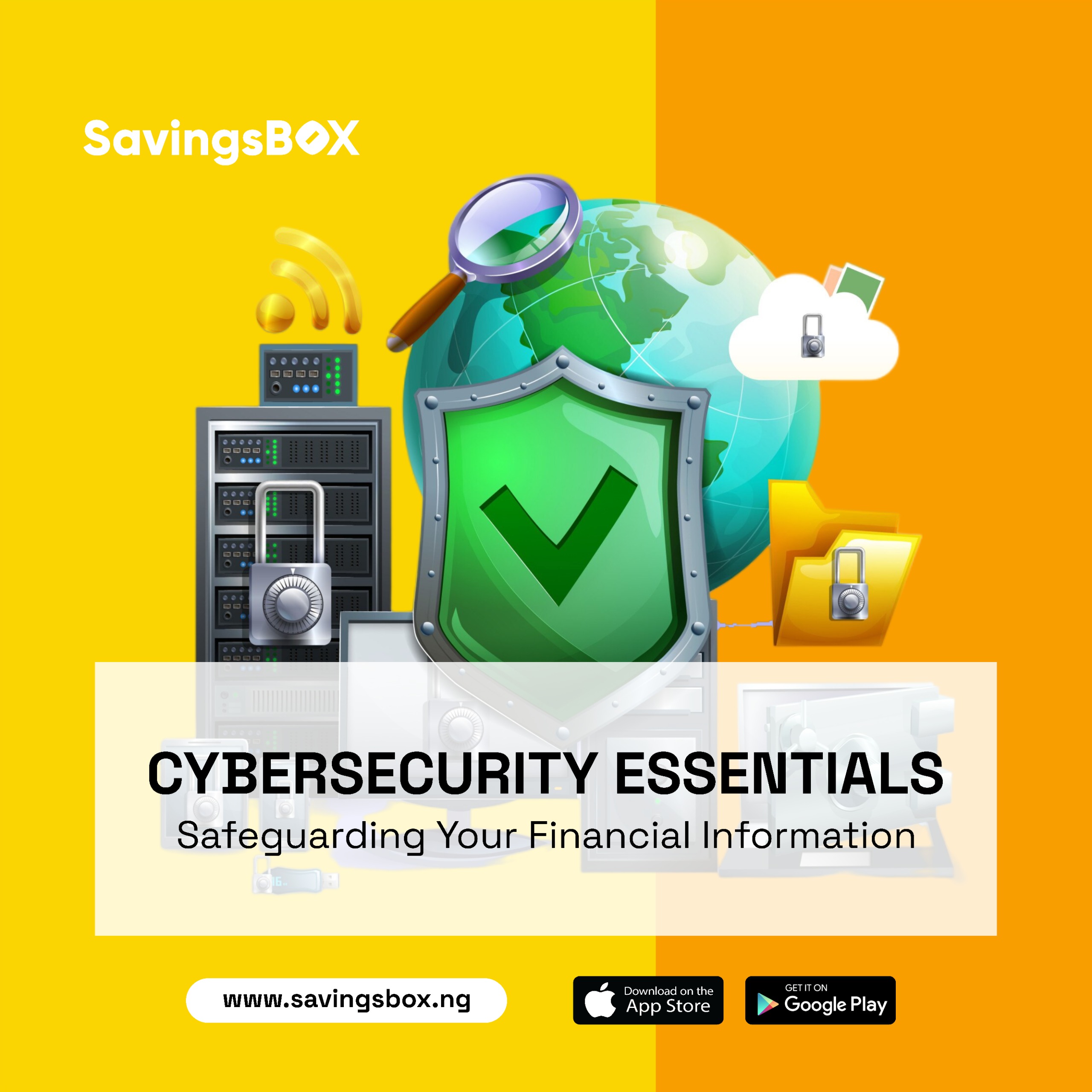Share This Article
The internet offers incredible convenience, allowing us to bank, shop, and manage finances with a few clicks. But this digital ease comes with a responsibility: safeguarding your financial information from prying eyes. With cybercriminals constantly evolving their tactics, it’s crucial to stay vigilant and implement strong cybersecurity practices.
Here are some actionable steps to help you safeguard your financial data online:
1. Use Strong, Unique Passwords
Creating strong and unique passwords for your online accounts is one of the most effective ways to protect your financial information.
Tips for Strong Passwords:
- Length and Complexity: Use at least 12 characters, including a mix of upper and lower case letters, numbers, and special characters.
- Avoid Common Phrases: Steer clear of easily guessable passwords like “password123” or “qwerty.”
- Use a Password Manager: A password manager can generate and store complex passwords for you, reducing the risk of password fatigue and reuse.
2. Multi-Factor Authentication (MFA):
MFA adds an extra layer of security beyond your password. This might involve a code sent to your phone or a fingerprint scan. Enable MFA for all accounts that offer it, especially your financial accounts.
3. Monitor Your Accounts Regularly
Regularly reviewing your financial accounts can help you detect and respond to unauthorized transactions quickly.
Monitoring Tips:
- Check Statements: Review your bank and credit card statements monthly for unfamiliar charges.
- Set Up Alerts: Many financial institutions offer alerts for large transactions or unusual activity.
4. Secure Your Devices
Ensure your devices are secure to prevent unauthorized access to your financial information.
Device Security Tips:
- Install Antivirus Software: Use reputable antivirus software to protect against malware and other threats.
- Keep Software Updated: Regularly update your operating system, browser, and other software to protect against vulnerabilities.
- Use a Firewall: Enable a firewall to block unauthorized access to your network.
5. Be Cautious with Public Wi-Fi
Public Wi-Fi networks are often less secure, making it easier for cybercriminals to intercept your data.
Safe Browsing Tips:
- Avoid Financial Transactions: Avoid accessing financial accounts or making transactions over public Wi-Fi.
- Use a VPN: A virtual private network (VPN) encrypts your internet connection, protecting your data from eavesdroppers.
- Connect to Secure Networks: Whenever possible, use trusted networks with robust security measures.
6. Recognize Phishing Scams
Phishing scams trick individuals into providing sensitive information by posing as legitimate entities.
Phishing Detection Tips:
- Check Email Addresses: Verify the sender’s email address for authenticity.
- Look for Red Flags: Be wary of urgent requests, suspicious links, and attachments.
- Use Anti-Phishing Tools: Some email providers and browsers offer tools to detect and block phishing attempts.
7. Secure Online Transactions
When making purchases or banking online, ensure your transactions are secure.
Transaction Security Tips:
- Look for HTTPS: Ensure the website uses HTTPS, indicating a secure connection.
- Use Secure Payment Methods
- Avoid Storing Payment Information: If possible, avoid saving your payment details on websites to minimize the risk of data breaches.
Stay informed about the latest cybersecurity threats and scams. Reputable financial institutions and government websites often provide valuable resources and tips.
By following these essential cybersecurity practices, you can significantly reduce your risk of online financial fraud. Remember, cybersecurity is an ongoing process. Be vigilant, stay informed, and take control of your financial well-being in the digital age.


